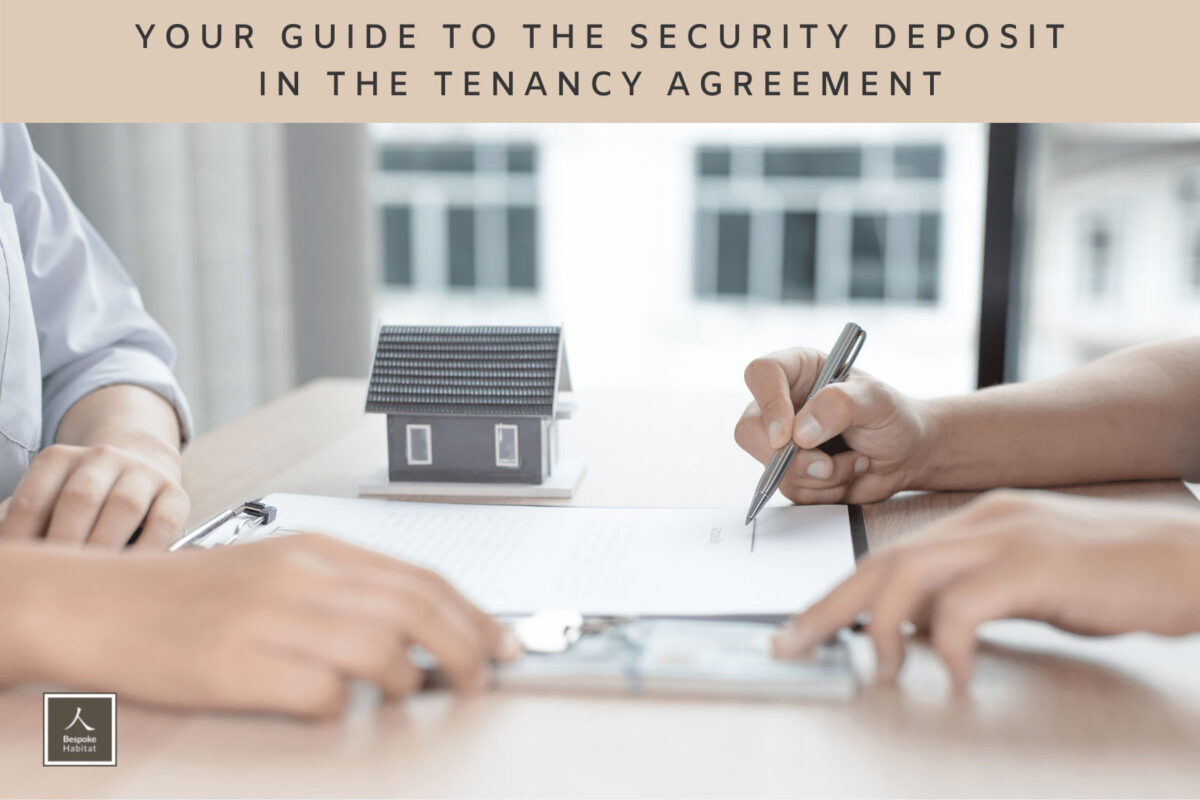
When you sign a Tenancy Agreement to rent a room in a co-living space, you will most likely come across this clause called the security deposit. Before you can rent your room, you will need to pay this security deposit to your landlord in advance. If you’re new to renting in Singapore and are unsure what the security deposit is for, we’ll clue you in.
What is security deposit?
A security deposit is a one-time, upfront payment to your landlord before you can move into your rented room or apartment. The security deposit is refundable after you move out when your lease expires.
What is the purpose of a security deposit?
The security deposit is meant to protect the landlord should tenants damage the property during the tenancy. It acts like a financial safety net to mitigate losses related to the lease.
If the tenant has damaged the property during their stay (beyond normal wear-and-tear), the landlord has a right to deduct the amount from the security deposit to cover the cost required to rectify the damages. This would include the cost of repairing or replacing damaged items which occurred during the tenant’s stay.
How much is a typical security deposit?
There are no laws stating the required amount of security deposit to be collected. But it is quite common for landlords to collect a security deposit of one month’s worth of rent for each year of lease. So, if your lease is for one year, your landlord will collect a security deposit of one month’s rent. If your lease is for three years, your landlord will collect three months worth of rent as part of the security deposit.
However, some landlords do tend to be more cautious and if they think a tenant profile is higher-risk and therefore not likely to take as much care in looking after the property, they could decide to ask for a higher security deposit amount.
What are some examples of scenarios when the security deposit is likely to be deducted?
At the end of your lease, your landlord would typically conduct an inspection and compare the condition of the property before and after the tenancy.
Here are some examples when the landlord may exercise the right to off-set from the security deposit to rectify damages:
- Broken mirrors
- Broken tiles or fixtures in bathrooms
- Burn marks or holes in carpets
- Torn curtains
- Broken windows
- Broken door locks
- Damaged appliances due to misuse or negligence
- Holes in walls due to picture hooks
… amongst others.
Typical wear and tear (such as fading carpets) would not be considered as damages to the property. But it’s always best to check that the Tenancy Agreement declares what the security deposit can be deducted for.
When will you get back your security deposit?
The timeframe that you will get back your security deposit (minus any deductibles) will be dictated in the Tenancy Agreement. This could range from 7 to 30 days after the end of your lease period, depending on your contract.
How can you ensure that you will get back your full security deposit?
The best way to ensure that you get back your entire security deposit is to ensure that you take care of and look after your rented property as if it were your own, so that damages won’t occur. Use appliances carefully and make any necessary repairs yourself. You may even want to engage an external cleaner to deep clean your room or apartment that it is in clean and excellent condition when you hand back the keys to your landlord.

